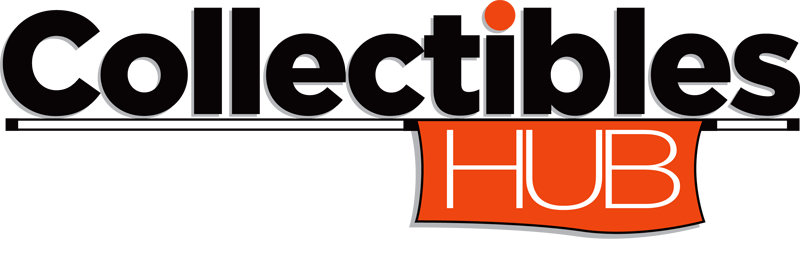by admin | Aug 19, 2016 | Popular Topics, Other Topics
The antiques market can be volatile at best. The value of an object can fluctuate rapidly – sometimes in as little as a day. Its value depends on demand. If you have a rare antique, or are thinking of purchasing one, there are three pricing categories you need to understand. The first is an objects retail value – this is the price it would bring in an antique store or any retail setting. If you were selling directly to a dealer, you would receive about half of the retail value; if sold on consignment, you would receive the retail price less any fees the dealer charges. The second category is its auction value – the price it would bring in an auction. The final amount depends on the competition among the bidders, which may or may not be spirited. There is some protection for the owner, as a minimum price can be set. The auctioneering firm will deduct a fee for its services. The third pricing tier is an object’s insurance value – what a reputable appraiser recommends it be insured for in the event of loss or damage.
by admin | Aug 19, 2016 | Popular Topics, Other Topics
Sports card websites have appeared as a way to bring buyers and sellers of sports cards together. Some sites are strictly retail sites, with cards offered and priced by the owner. On these sites, cards are purchased by the owner, and then marked up and resold to consumers. When the owner buys a card, though speculative, it may be for half to one third of its book value. Other sites, while they have a retail component, are also consignment shops. On these sites, card owners are able to list their cards and when they sell, the site’s owner receives a fee – typically ten percent of the sale price.
by admin | Aug 19, 2016 | Popular Topics, Other Topics
Autograph auctions are held and conducted in the same manner as auctions for any other item. The items to be auctioned are gathered, autographs authenticated, starting bids assessed, and auction dates announced. The auction may be either held on-line, at an auction site, or both venues may be used. During the auction, consumers offer to buy the autograph for what they are willing to pay. If someone offers more, other bidders have the option of increasing the bid, or declining further action. At the end of the auction, the highest bidder gets the object. The auctioneer or auction house receives a fee for its services.
